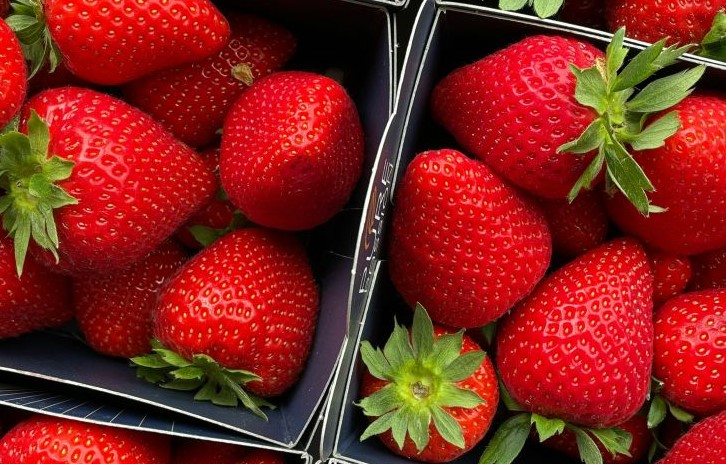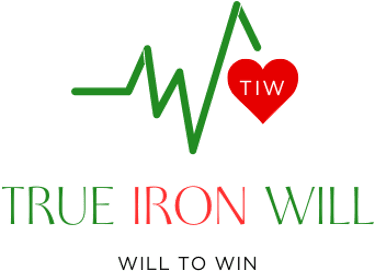Is High-Tech Farming a Resource Solution or Just Sci-Fi?
Will Loiseau
10/20/20251 min read


This visually perfect produce illustrates the promise of vertical farming operations, like Dyson's (yes, the vacuum company), which use robotics and climate control to maximize efficiency.
Dyson Farming's approach to farming mimics a manufacturing operation. Dyson built a 26-acre glasshouse equipped with technology (1,000 pound wheels and robots!) to grow strawberries in vertically stacked layers to maximize space efficiency. Temperature, humidity, natural and artificial light, and rainwater are carefully regulated to create an optimal climate for growing strawberries. A "distributor bot" releases beneficial bugs onto the plants to kill destructive pests. And robot arms are used to carefully harvest the strawberries when ripe.
Can this technology improve our healthspan? It promises precision nutrition (consistent quality) and cleaner food (fewer pesticides) by tightly controlling the environment.
From an objective standpoint, the biggest benefit may be for food security in resource-constrained regions - places dealing with poor soil, water scarcity, or unfavorable climate. Here, high-tech vertical farming offers a reliable, low-impact solution.
This level of automation is astounding. Vertical farming systems may be the answer to the agricultural challenges we face, such as providing us with more food on less land and doing so sustainably and with less harm to the planet. Vertical farming is poised to meet these challenges and produce the food needed for a growing population.
Start Your Transformative Journey Today
© 2025 True Iron Will LLC. All Rights Reserved .
Mailing Address:
1317 Edgewater Drive #1297
Orlando, FL 32804
TrueIronWill1@gmail.com
